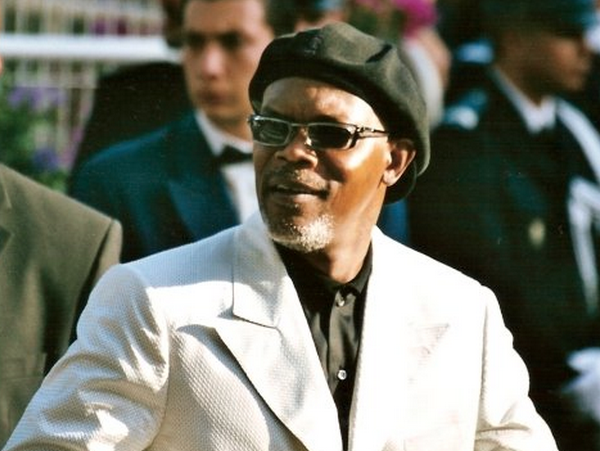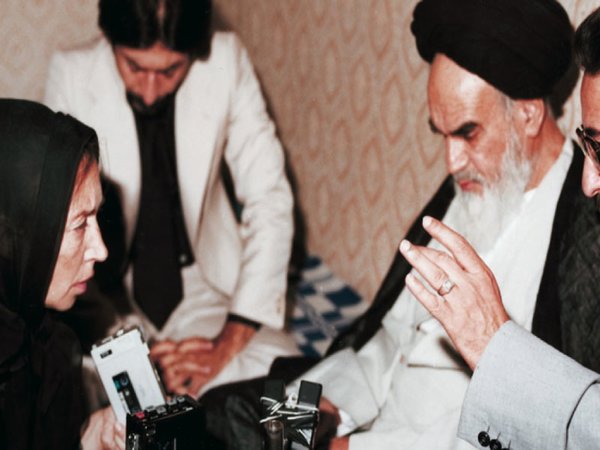One year before he murdered 13 people at Columbine High School, Senior Eric Harris wrote in his journal: “I want to leave a lasting impression on the world.” The impact that his actions on 20 April 1999 had were far-reaching. School never felt safe again, teenagers never seemed more alienated, and the world never seemed a darker place.
Ten years ago, in Littleton Colorado, Eric Harris and Dylan Klebold murdered 12 fellow students and a teacher before turning the guns on themselves. It wasn’t the first school shooting of its kind, and it certainly hasn’t been the last. There have been higher body counts, such as in 2005 when Cho Seung Hui killed 33 students at Virginia Tech University. But it is Columbine that remains synonymous with school shootings. It is Columbine that resonates in the psyche and the popular imagination, even after all this time.
Although middle-class, suburban Littleton, Colorado, may seem distant from our own society, the story of Columbine has always been particularly intriguing and shocking to young people, because it is a story about young people. The killers were adolescents, and so were their victims. Their struggles to get a prom date , deal with bullying, and get accepted into college are universal concerns to every teenager. What then set these two apart from any other two kids in high school? These are hard questions with even more difficult answers.
In his 2009 book, Columbine, Denver journalist Dave Cullen dispels many of the myths and theories that surround the massacre at Columbine High School. In the months after the massacre, the media jumped on any theory they could to explain what happened, just to give society a nicely packaged explanation so they could make sense out of the terrible events. Cullen is considered the leading authority on the Columbine killers, and has been writing about Columbine “beginning around noon on the day of the attack”. However, even he admits he was one of the guilty parties in getting the facts wrong in the initial media coverage.
The stark reality is, almost everything we know about Columbine is completely wrong, and the media had the biggest role in misreporting what had actually occurred. “We remember Columbine,” Cullen writes, “as a pair of outcast Goths from the Trench Coat Mafia snapping and [then] tearing through their high school hunting down jocks to settle a long-running feud. Almost none of that happened. No Goths, no outcasts, nobody snapping. No targets, no feud, and no Trench Coat Mafia. Most of those elements existed at Columbine — which is what gave them such currency. They just had nothing to do with the murders.”
The truth is shocking. The two killers, Eric Harris and Dylan Klebold were nothing like their media portrayal of bullied outcasts set on getting revenge on their tormentors. Rather, these were two affluent, intelligent, and reasonably popular teenagers who had planned the attack on their high school for over a year, and planned to murder as many of their fellow students as possible. They initially planned to blow up the school with a propane bomb that was placed in the cafeteria. When the bomb failed to go off, this is when they started shooting indiscriminately.
Apart from debunking the myths of Columbine, Cullen’s main focus is to answer the question that has permeated society ever since the tragedy occurred: why? What made two teenage boys with so much potential so unbearably angry and hateful that they wanted to murder their classmates?
Cullen takes us through a dark journey into the disturbed minds of two young killers through the documented evidence found in the killer’s journals and video tapes. Harris, he believes, was a born psychopath, incapable of emotion or remorse, but a cunning master of mimicry who was able to delude everyone around him. Dylan, on the other hand, was depressed and suicidal, yearning for love and easily manipulated by his friend Eric. Together they made a volatile combination.
However, Cullen succeeds in giving a human portrait of the two killers, and is able evoke a strange sense of sympathy for them – especially Dylan, who seems to have had at least the potential to be saved.
The detail that Cullen uses in describing the events of 20 April 1999 are so vivid that while reading you can almost hear the gun shots and smell the gunpowder. He gives a detailed account of how the killings were carried out, as well as the aftermath of the community thrown into a media frenzy while struggling to deal with this tragic event that seemed to offer no explanation. He is able to analyse the entire scope of the tragedy, an impressive feat considering the length of the book and the far-reaching effects the shooting had.
Interestingly, Cullen’s book contains no pictures, which is unusual for a true crime book. In an interview with Dream Demon, Cullen defends this choice by saying he wanted to let the story stand on its own: “I never envisioned pictures… I try to create my scenes visually the way films, songs and novels do. I like books that transport you to another world and allow you to create it in your own mind. If photos are necessary, then I haven’t done my job yet.”
The absence of pictures fits in with the style of the book, as this is a raw story that does not seek to sensationalise nor capitalise on the tragedy. Rather, Cullen’s intention is to deliver the hard facts of the story, and he does so successfully with the right amount of sensitivity and frank honesty. Although the non-linear narrative is at times a struggle as the story jumps from the day of the shooting to the killers lives in the year prior to the attack, Cullen is still able to pique the interest of the reader on every page.
Columbine is by far the definitive account of the massacre, and a meticulously researched and commendable piece of investigative journalism that has the potential to change a great deal of public perceptions if it reaches a wide audience. Cullen has successfully created an amazing revelatory piece on a story that none of us ever truly knew, and is an important book in not only understanding this tragedy but a wake-up call in preventing future ones.
Madeleine Barwick is an emerging jouralist who has just completed her Bachelor of Journalism degree at La Trobe University.
Do you think Columbine is a book that every journalist should read?
Over the summer, Upstart will be developing its list of #topournobooks. See what else has made the cut so far. And it you’d like to contribute your own review, please get in touch with us be emailing contact@upstart.net.au.





